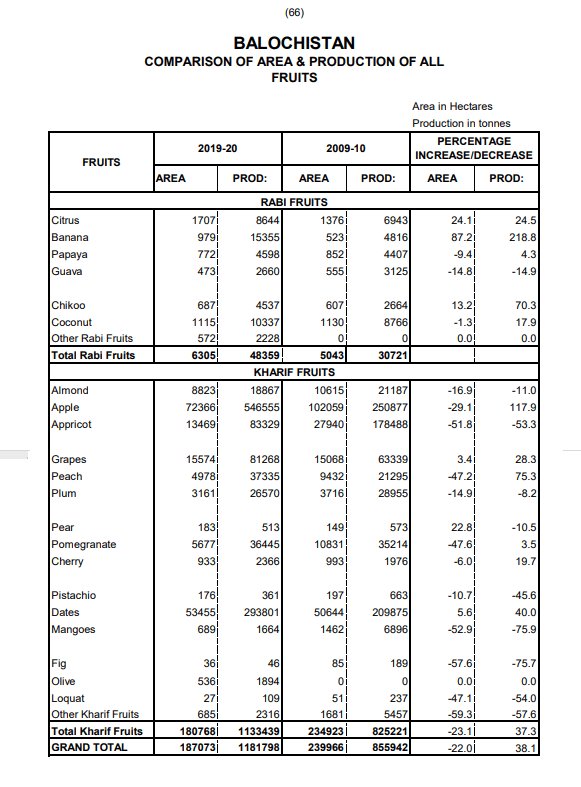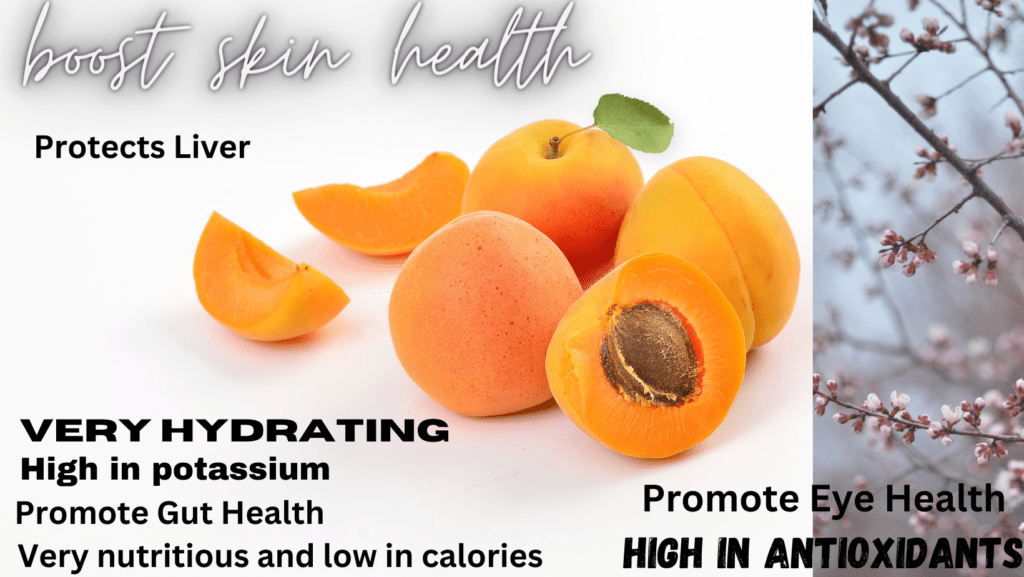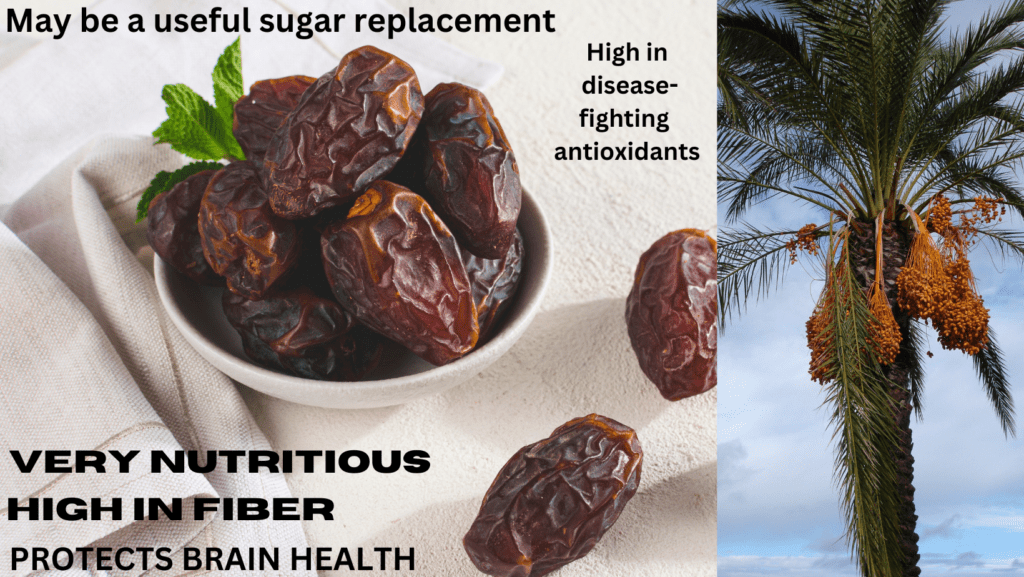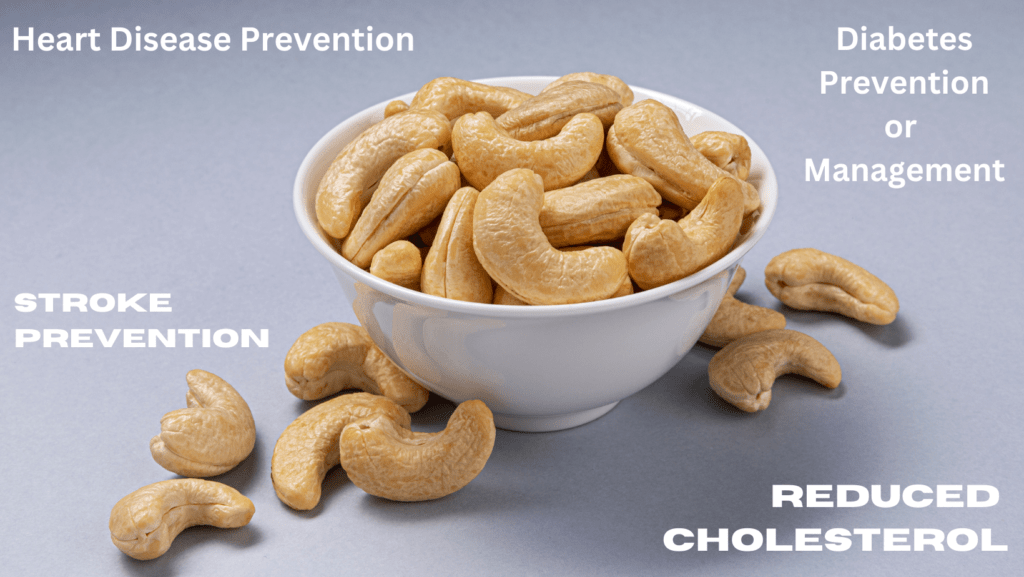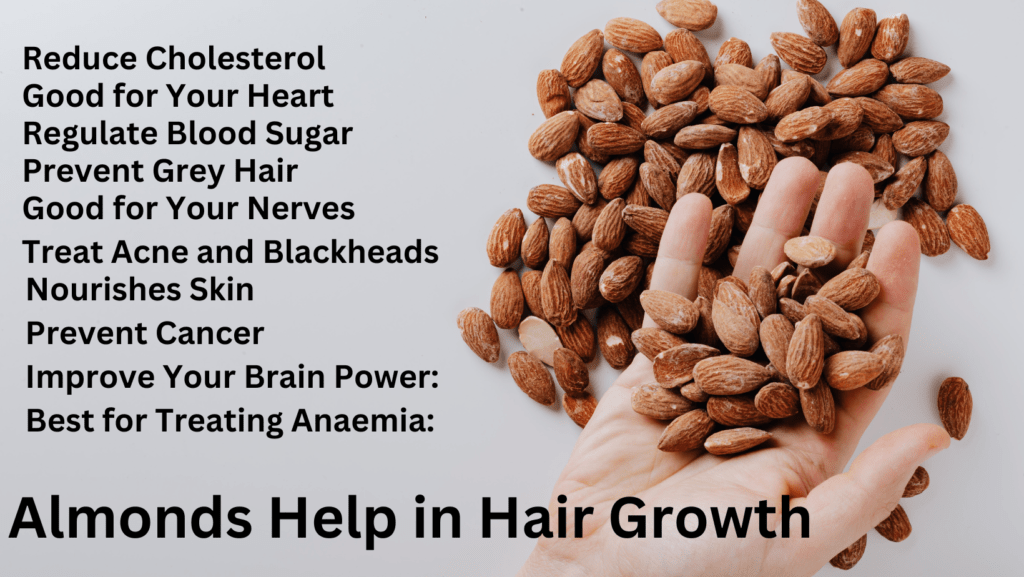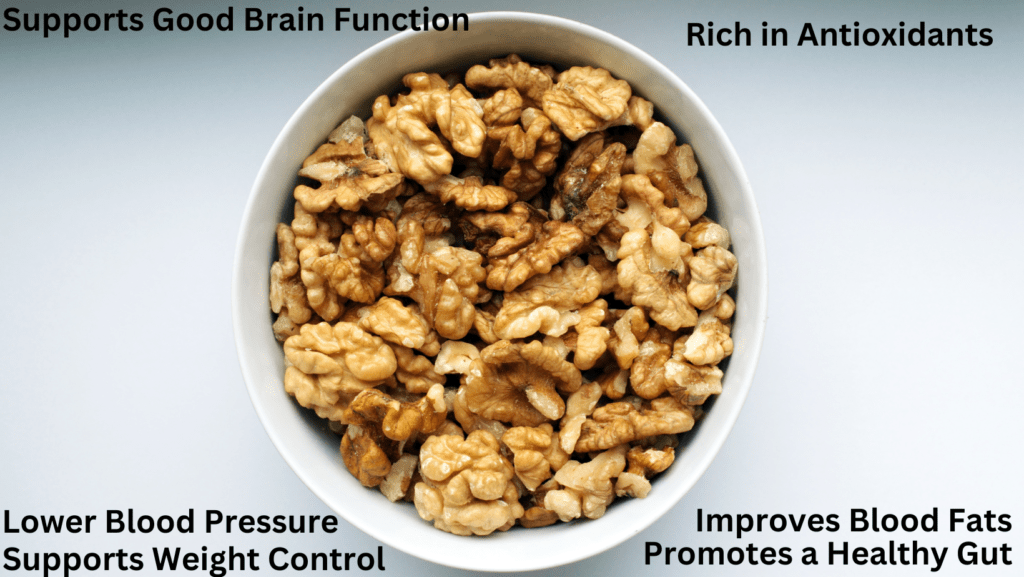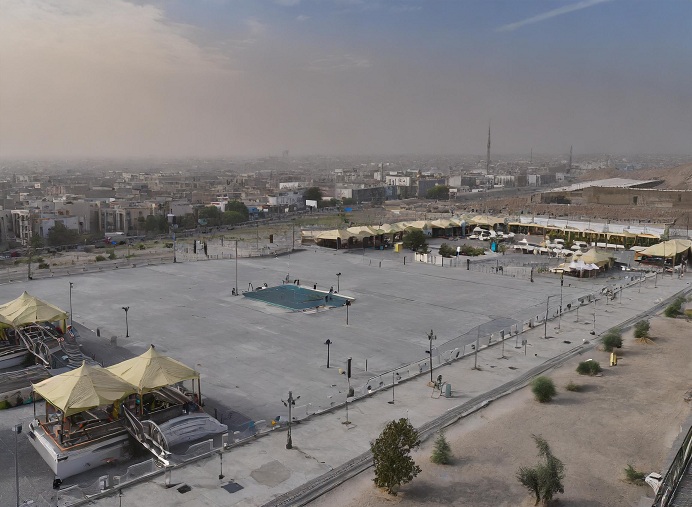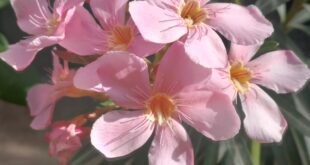Dry Fruits of Balochistan
What are the types of dry fruits?
List of Dry Fruits Names
Pistachios – Pista ( پستہ )
Scientific name: Pistacia vera
Among the list of dried fruits, pistachio is one of the most popular. Pista comes with a wide variety. Salted unsalted is also another variety of pista. Roasted un roasted both are liked by the people. Pistachios are the most important ingredient of dry fruits. It is not only delicious but it has many health benefits also.
While talking about the farming of pistachio in Balochistan, has incredible potential. No doubt pistachio farming in Balochistan can lead to bigger volumes of business and profit ratios. But farmers of Balochistan don`t focus too much on pistachio as compared to other fruits.
According to an experiment growing pistachio plants in the vast but dry and arid plateau gives amazing results leading to establishing the hope that this dry temperate zone is highly congenial to growing dry fruit.
Although growth is not too much, it is available abundantly in the Dry fruit wholesale market in Quetta.
How many pistachios should you eat a day?
There are multiple health benefits of pistachios.
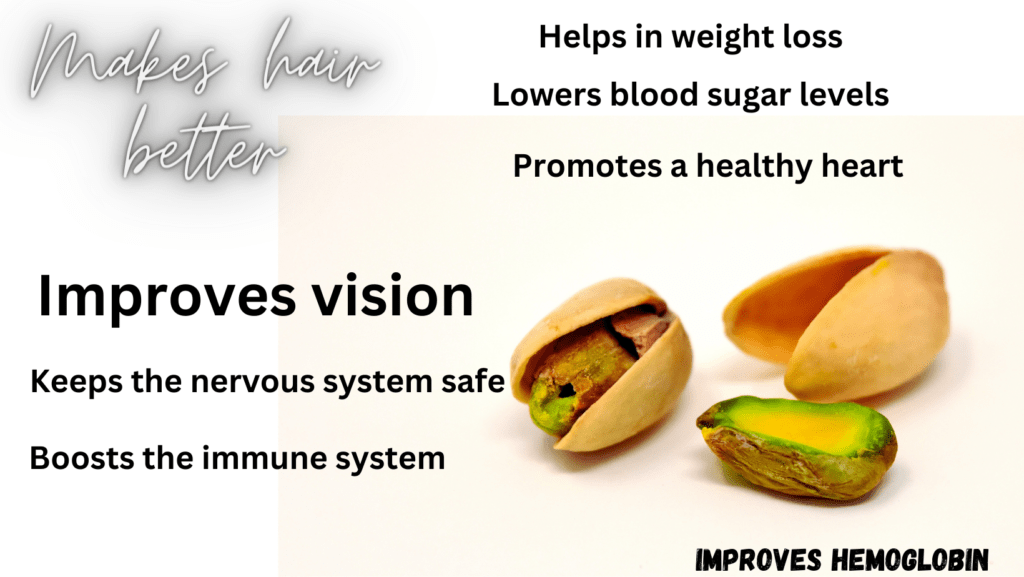
Apricot – Khubani ( خوبانی )
Scientific name: Prunus armeniaca
What kind of fruit is an apricot?
Dates – Khajoor ( کھجور )
Scientific name: Phoenix dactylifera
Dates are considered the most famous fruits of Balochistan. As discussed above Balochistan owns fabulous date farms. These farms are lush with various types of date trees. In Balochistan, Makran is well known for the farming and production of all kinds of dates. In Makran Panjgur, and Turbat districts are the main lands for date production. For industrial products and confectioneries on a large scale, Balochistan Dates are preferred and used, because of their quality and variety.
According to Gilano Dates Pakistan is the sixth largest producer of dates in the world.
The date farms contain several kinds of date trees which produce different dates. These trees produce delicious dates which are rich in taste and in great demand. In the production of dates of Makran, Balochistan is very famous. Hence, the marketing system needs improvement to a considerable extent.
Different Types and Names of Dates
- Pashnah
- Mozati
- Shakari
- Begum jangi
- Shakarok
- Aleeni
- Koroch
- Rogini naa
- Aap-o-dandan
- Kaleed
- Postho
- Dandari
- Dastari
- Naren Rogini
- Hussaini
- Chapsuk
- Sangiskanz
The above list must not be considered as the types of dates only. The above list pertains to the dates produced in Makran specifically. So, many of them belong to, named as the name of the date farm owner.
How many dates eat per day?
Cashew – Kaju ( کاجو )
Scientific name: Anacardium occidentale
Northeastern Brazil is the cashew’s natural habitat. In the late 16th century, Portuguese missionaries brought it to East Africa and India, where it flourished at low elevations close to the sea. Unfortunately, it is not cultivated in Pakistan.
Pakistan imports Cashew nuts from Brazil and Dubai. Indian cashew nut is exported to Pakistan by various vendors in Dubai.
The dry fruits market in Quetta is full of cashew, you can find roasted, and unroasted cashew nuts, at economical prices. it is the quality of the market of Quetta that you can get fresh dry fruits every time. You can also order online.
How many cashew nuts should I eat a day?
Where are cashews grown in Pakistan?
Cashews or cashew nuts are not cultivated anywhere in Pakistan. Cashew is always imported from Brazil or Dubai directly or indirectly.
Almonds – Badam( بادام )
Scientific name: Prunus Amygdalus or Prunus dulcis
For the growth of almond trees, the climate of Balochistan is very suitable. Almond is cultivated in many sub-regions of Balochistan, but District Loralai and Kohlu hold a special rank. There is also a big variety of almonds grown in Balochistan. You can find many varieties of almonds in the dry fruit market of Quetta.
It is said that the almond and its species are to Iran and surrounding countries like Pakistan. The almond tree needs a moderate Mediterranean climate with cool winter weather.
California is the biggest producer and caters to almost half of the world’s almond demand.
Where almonds are grown in Pakistan?
What country imports the most almonds?
There are infinite healthy benefits of almonds. All could not be counted even. The biggest one is almonds increase mental alertness.
Walnuts – Akhrot ( اخروٹ )
Scientific name: Juglans
Walnut is considered the Gold of Pakistan. Walnut trees are the native species of Pakistan. There are almost 226 local walnut species. Growing in the Gilgit-Baltistan, Leepa in Neelum valley and Muffazarabad in Azad Jammu Kashmir, & Malakand division including Dir, Swat, Shangla, Chital, Bunir, and Malakand Agency. Over the period of time, the production of walnut is continually reducing.
The genetically superior walnut tree can be grown in any soil and climate under a well-drained soil conditions. This commercial tree is highly suitable for cultivation in the central and northwestern provinces of Pakistan.
Walnut is declared as the native fruit tree of Pakistan by FAO in its country report. You can find walnuts in the Quetta markets abundantly.
Do walnuts have side effects?
Walnuts are a nutritious food that provides healthy fats, fiber, vitamins, and minerals.
Raisins – Kismis ( کشمش )
Scientific name: Vitis vinifera
Raisins are simply dried grapes produced from grapes. According to history, dried grapes belong as early as 2000 BCE in Persia and Egypt. They are also mentioned in the Bible (Numbers 6:3). Grapes drying is an Indigenous profitable enterprise in Balochistan. The drying of grapes is a good source of income generation in the grapes growing area. Two remote districts in southwestern Pakistan have become the country’s top producers of sweet raisins in recent years
The main grapes-producing area of Balochistan is Zhob, Pishin, and Killa Abdullah districts. Raisina production is mostly carried out in these districts.
There are mainly two types of raisins.
Monaka: The drying process is done in the sunshine after pre-drying treatment. 3000 kg of fresh grapes produces 1000 kg of Monaka.
Kishmish: The drying process is done in a shady and well-ventilated room without any treatment. 3500 kg of fresh grapes produces 1000 kg of Kishmish.
You can get multiple health benefits from raisins.
Where do raisins grow best?
According to the President of the Farmers Association of Killa Abdullah, Kazim Khan, Killa Abdullah, Chapman, Pishin, and Zhob are the best areas for the growth of raisins.
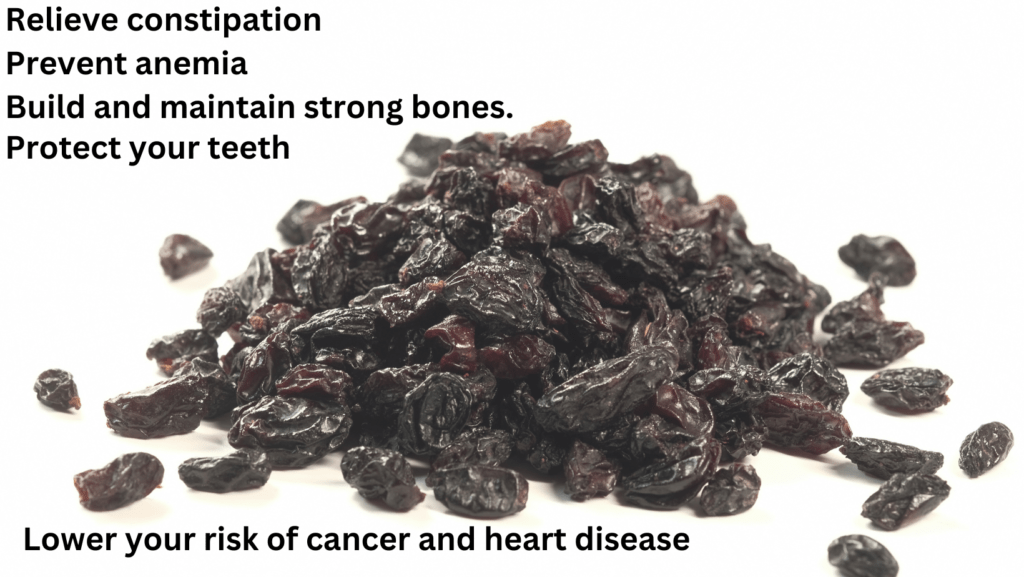
 Shalkot The Innovators
Shalkot The Innovators
